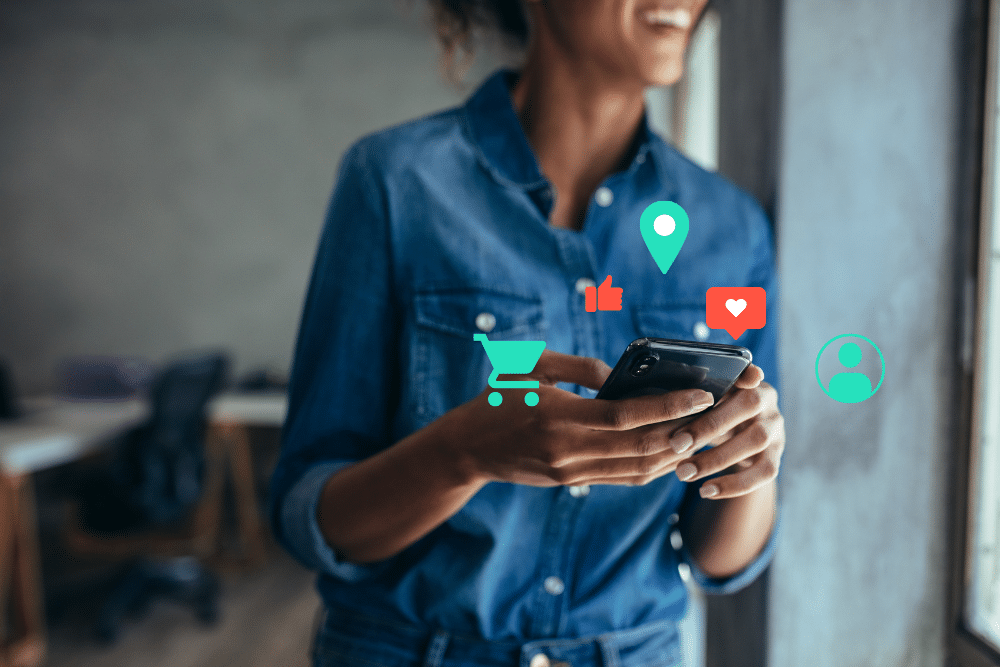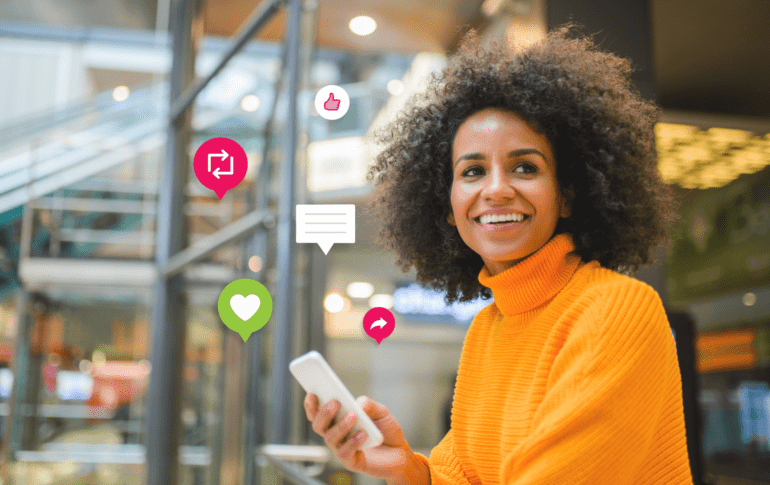There is no doubt the term “zero party data” is taking hold in the marketing community. Some headlines are even proclaiming zero party data is the new oil. As brands grapple with a changing internet landscape, direct consumer relationships fueled by zero party data will be vital in maintaining market share and building loyalty.
But first, what is zero party data, and how do you collect it? And finally, how do you use zero party data to deliver on key business objectives? Let’s talk about it.
What is Zero Party Data?
Zero party data is information a consumer shares directly and intentionally with a company or brand. It typically includes personal preferences, emotional leanings, and lifestyle behaviors.
Zero party data is often associated with first party data, but there are key differences between the two. The bottom line difference is zero party data is proactively shared data, while first party data is often passively shared and mostly related to behavioral site metrics.
Why is Zero Party Data Important?
Today’s consumers expect brands to cater to their needs, so marketers need to have strategies in place to collect personal information that builds accurate customer profiles.
From this, brands can understand purchase intentions and deliver high-quality customer experiences and product recommendations.
Although many consumers are agreeable to giving up their data in exchange for a better experience, there are growing privacy concerns, and consumers are becoming pickier and pickier with whom they share their information.
Data also unlocks a powerful way to secure long-term emotional loyalty from consumers by delivering personalized engagement. Research has consistently shown that emotionally-connected consumers are more than twice as valuable as highly satisfied customers on a lifetime value basis. Emotionally connected consumers buy more products, pay more attention to communication, and recommend your brand to others.
Marketers can no longer rely on just demographic information or transactional data to create personalized marketing that emotionally resonates.
A zero party data strategy solves the paradox of designing an effective strategy that builds emotional loyalty while also creating owned data channels that respect consumer privacy and doesn’t rely on third parties.
Put simply, when it comes to the future of marketing, successful consumer engagement will be more empathetic, purposeful, and customer-first. Zero party data helps brand marketers achieve this.
Ways to Collect Zero Party Data
Take a look at your overall digital presence, and you’ll see many opportunities to collect zero party data. Here are a few:
Site Registration – Whether signing up for an ecommerce account or subscribing to your email list, any registration moment is a great place to collect zero party data. For example, if you’re a skincare brand, this is an excellent opportunity to ask consumers about skin type. But be careful; this is not the time to push for much more, or you could risk a consumer abandoning registration altogether. Make sure any data you collect is intentional and relates directly to your brand.
Online Community – An online brand community is a dedicated destination for consumers to connect with your brand and other like-minded people. With the right technology, online communities are perfect for collecting and acting upon zero party data. Additionally, because online communities are about connection and conversation, consumers are more willing to share broader, value-based information like personal interests, hobbies, and lifestyle behaviors. This kind of information can be a goldmine if you use it right.
Interactive Content – According to the Content Marketing Institute, 87% of marketers agree that interactive content grabs attention more effectively than static content. This can be anything from lifestyle and product quizzes to augmented reality filters or even interactive digital sampling like Walmarts Wonder Lab, where consumers can “play” with toys online before purchasing. Interactive content is fun for consumers and beneficial for collecting data.
Surveys and Polls – Surveys can offer consumers a way to provide feedback to a brand, but also, with the right technology platform (ahem, TINT), it can be used to create a progressive consumer profile. As with any kind of data collection, it’s important to specify how you’ll use it. If a consumer completes a survey and identifies as someone who loves online shopping, let them know you’ll use that information to send more online-based offers.
How to Use Zero Party Data
Encourage Opt-in and Conversion
While ultimately all marketing activities should lead to conversion, zero party data collection is a great mechanism to generate sales immediately with consumers.
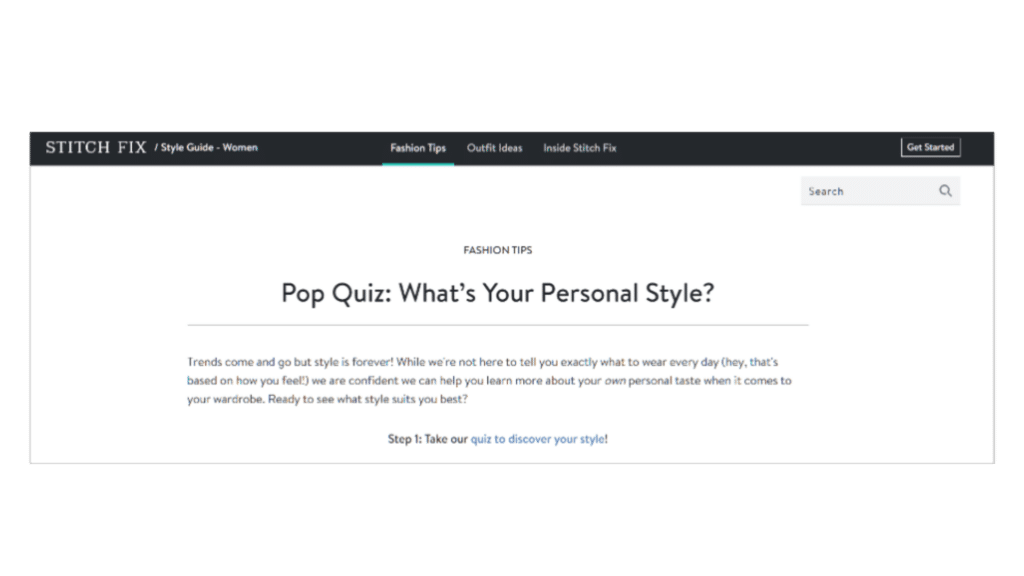
Clothing retailers can present surveys to learn more about their shoppers’ style preferences and then guide them to items they like best. You can see this happening with companies like Stitch Fix, which prompt visitors to take their style discovery quiz. Taking the quiz requires creating an account.
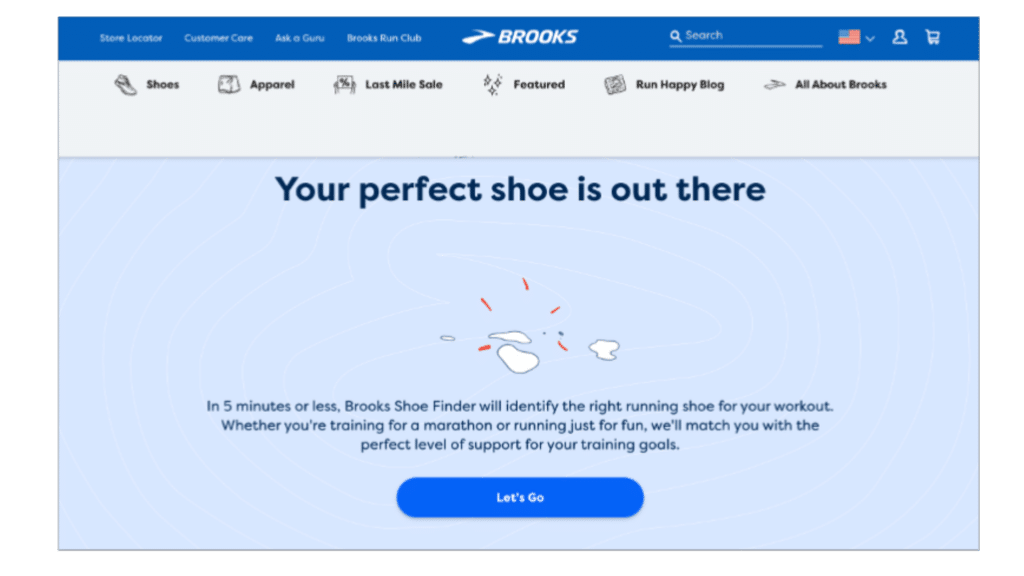
Or take a look at shoe brand Brooks Running, which uses a science-backed Shoe Finder quiz that captures information like running habits, injury history, foot position, balance, and much more to offer personalized product recommendations. Brooks is transparent about why each piece of information is used and includes popups explaining how they use it.
Deliver Personalized Engagement
Zero party data is also important to relationship-building by delivering engagement tailored to each individual. This can be especially important for staying top-of-mind in between purchases.
For example, suppose you delivered a lifestyle quiz, and a consumer identified that they have a graphic design interest. With the right platform, this data should be used to deliver a relevant offer like an art contest or a survey asking for feedback on a logo redesign. When this process becomes automated, executing personalized engagement at scale becomes achievable.
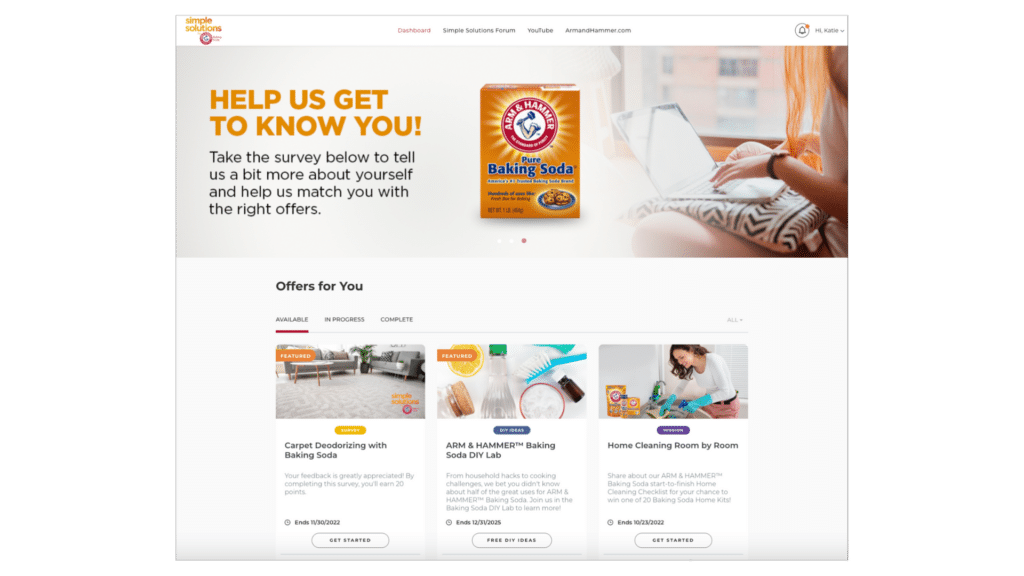
ARM & HAMMER’s timeless Baking Soda brand is widely known and has been a go-to cleaning solution for generations. When they started their Simple Solutions online community, they aimed to increase household penetration by collecting information about a consumer’s lifestyle and then offering relevant educational tips on the many uses of Baking Soda. For parents, this could include science experiments and craft ideas. For people with an active outdoor lifestyle, it could be tips on using Baking Soda in skin remedies like bug bites.
Drive Emotional Loyalty
One of the reasons zero party data is so valuable is because it often allows you to understand the values most important to your consumer. This empowers you to highlight your own brand values and create an authentic connection between your brand and your audience.
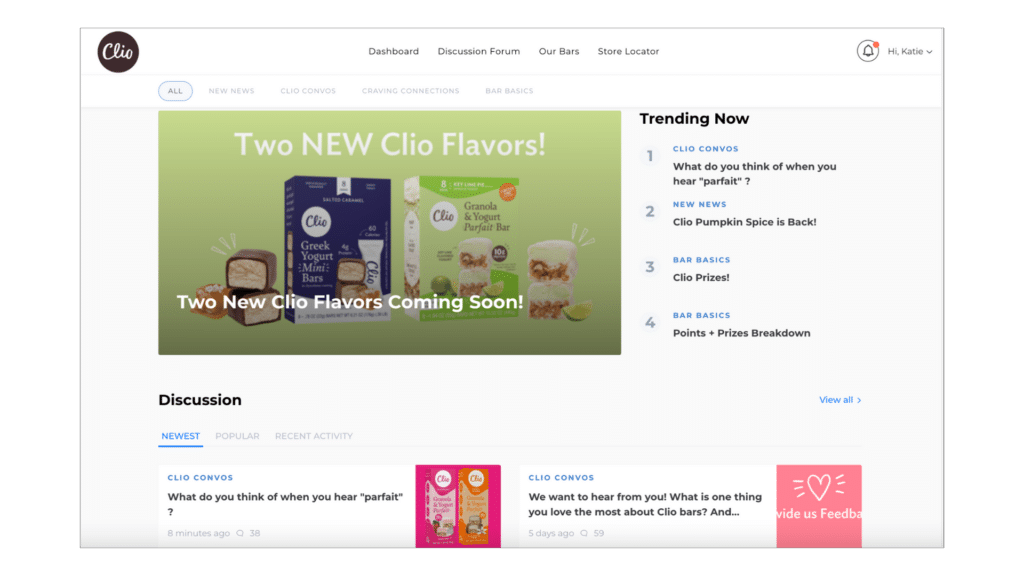
Fast-growing chocolate-covered yogurt brand, Clio Snacks, created its Clio Cravings Club as an owned channel to collect information about consumers and market to them in a meaningful way. Rather than focusing solely on transactional behavior, an online community is designed to deliver engagement and foster loyalty that galvanizes consumers to act.
Mine Audience Insights
Zero party data allows businesses to dive deeper into how consumers think and understand how they can create the best possible customer experience. It removes the guesswork and empowers your brand to make smarter decisions.
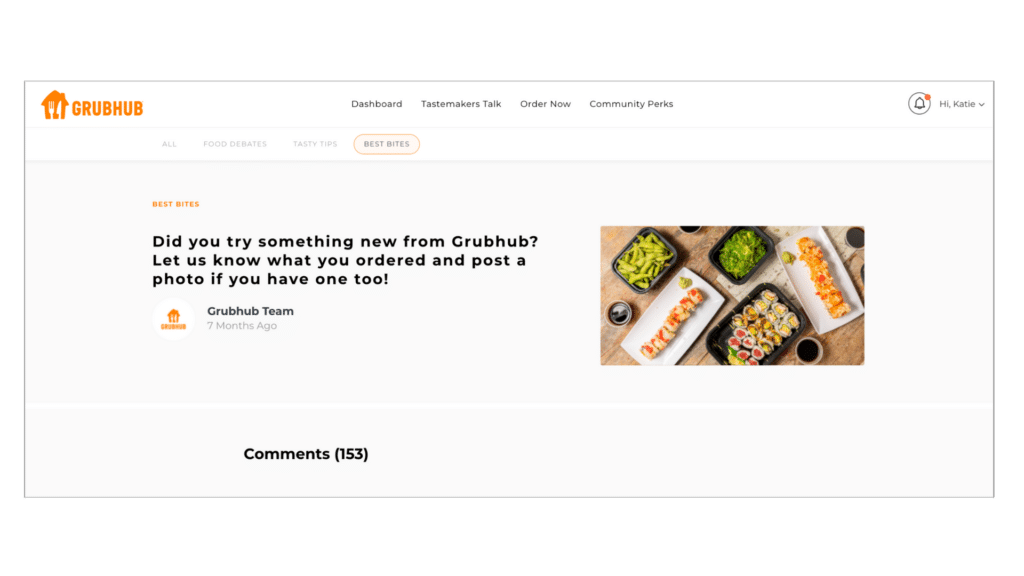
Popular food delivery service, Grubhub, started its Tastemakers online brand community specifically to build a zero party data relationship with passionate diners and engaged college students. With always-on access to their Vesta-powered online brand community, Grubhub can obtain predictive insights that make delivering relevant offers to college students easy, and most importantly, it is easy to scale.
How TINT Can Help with Zero Party Data
TINT believes in empowering brands to take back their consumer relationships from third party sites and build always-on owned data engines. Our all-in-one, online brand community platform secures your consumer relationships, mobilizes your brand advocates, and captures zero party data to accelerate the speed to ROI of all your marketing efforts.

